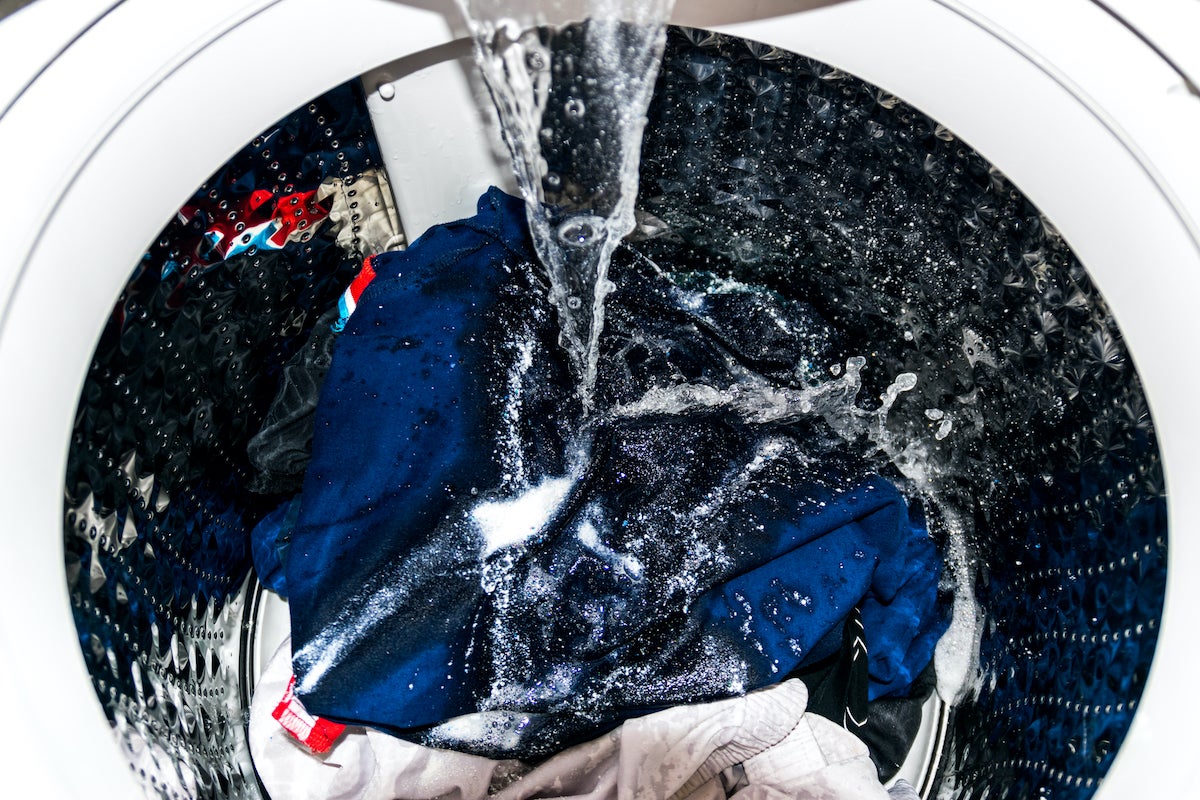

Articles
Why Does My Washer Not Fill Up With Water
Modified: January 5, 2024
Discover why your washer isn't filling up with water and find helpful articles to troubleshoot and fix the issue.
(Many of the links in this article redirect to a specific reviewed product. Your purchase of these products through affiliate links helps to generate commission for Storables.com, at no extra cost. Learn more)
Introduction
Having a fully functional washer is essential for any household. However, it can be frustrating when your washer fails to fill up with water. This can prevent your clothes from getting properly cleaned and leave you scratching your head wondering what could be causing the issue.
There are several common causes for a washer not filling up with water. Understanding these causes and knowing how to troubleshoot them can help you resolve the problem and get your washer back up and running smoothly.
In this article, we will explore some of the most common causes of a washer not filling up with water and provide troubleshooting steps to help you identify and resolve the issue.
Key Takeaways:
- Common causes of a washer not filling up with water include clogged water inlet valves, faulty water level sensors, defective water supply hoses, and malfunctioning pressure switches. Troubleshooting these components can help identify and resolve the issue.
- Additional tips for resolving washer water filling issues include checking the water supply, inspecting the water inlet screen, verifying cycle settings, and consulting the user manual. If problems persist, seeking professional assistance is recommended for a thorough inspection and repair.
Common Causes of Washer Not Filling Up with Water
When your washer fails to fill up with water, there may be various underlying causes. Let’s take a closer look at some of the most common issues that can lead to this problem:
- Clogged Water Inlet Valve: One possible cause is a clogged water inlet valve. Over time, mineral deposits or debris can accumulate in the valve, preventing water from flowing into the washer efficiently. This can result in a reduced water flow or no water at all.
- Faulty Water Level Sensor: The water level sensor, also known as the pressure switch, plays a crucial role in regulating the water level in your washer. If it malfunctions, it may not be able to sense the water level correctly and, as a result, prevent the washer from filling up with water.
- Defective Water Supply Hose: A faulty or damaged water supply hose can also be responsible for your washer not filling up with water. If there are leaks or blockages in the hose, water may not be able to flow properly, leading to insufficient water in the machine.
- Malfunctioning Pressure Switch: The pressure switch is responsible for sensing the water level in the washer and signaling the water inlet valve to open or close. If the pressure switch is faulty, it may not send the proper signal to the valve, resulting in a lack of water in the washer.
These are just a few of the common causes of a washer not filling up with water. Now that we have identified them, let’s move on to the troubleshooting steps to help you diagnose and resolve the issue.
Troubleshooting Steps for Washer Not Filling Up with Water
If your washer is not filling up with water, there are several steps you can take to troubleshoot and potentially fix the issue. Let’s walk through these steps:
- Check Water Inlet Valve: Start by checking the water inlet valve, which is responsible for allowing water to flow into the washer. Make sure the valve is not clogged or blocked by sediment or debris. If you notice any blockages, clean the valve using a soft brush or cloth. If cleaning the valve doesn’t resolve the issue, it may be necessary to replace the valve altogether.
- Inspect Water Level Sensor: The water level sensor, also known as the pressure switch, is crucial for regulating the water level in the washer. Inspect the sensor for any signs of damage or wear. Additionally, check the air hose connected to the sensor for any blockages or leaks. Clean or replace the sensor if necessary.
- Test Water Supply Hose: Examine the water supply hose for any signs of leaks or blockages. Ensure that the hose is properly connected to both the washer and the water supply valve. If you find any leaks, tighten the connections or replace the hose if needed. If there are blockages, clean the hose with warm water and a mild detergent.
- Examine Pressure Switch: The pressure switch is responsible for sensing the water level in the washer and activating the water inlet valve. Using a multimeter, test the pressure switch for continuity to ensure it is functioning correctly. If the pressure switch fails the continuity test, it may need to be replaced.
By following these troubleshooting steps, you can identify and potentially resolve the issue of your washer not filling up with water. However, if these steps do not fix the problem, it is advisable to seek assistance from a professional technician to diagnose and repair the underlying cause.
Check the water supply valves to make sure they are fully open. Also, inspect the inlet hoses for any kinks or blockages that may be restricting water flow. If the issue persists, it may be a problem with the water inlet valve and may require professional repair.
Additional Tips to Resolve Washer Water Filling Issues
If you’ve followed the troubleshooting steps mentioned earlier and your washer still isn’t filling up with water, here are some additional tips that may help you resolve the issue:
- Check the water supply: Ensure that the water supply to your home is functioning properly. Check if there are any water outages in your area or if the main water supply valve is fully open. Additionally, make sure that the water pressure is adequate for your washer to fill up properly.
- Inspect the water inlet screen: Located at the back of the washer, the water inlet screen filters out sediment and debris from the water supply. If it’s clogged, it can impede water flow and prevent the washer from filling up. Remove the screen and clean it thoroughly to remove any buildup.
- Check the drain hose: Ensure that the drain hose is positioned correctly and not placed too deep into the drain pipe. If the hose is inserted too far, it can create a siphoning effect, causing water to continuously drain out and prevent the washer from filling up properly.
- Verify the cycle selection and settings: Double-check the cycle selection and settings on your washer. Some washers have specific cycles that don’t require much water, such as eco-friendly or quick wash cycles. Adjust the settings to the appropriate cycle that requires a full water fill.
- Inspect the water level control board: If your washer has a water level control board, inspect it for any signs of damage or malfunction. A faulty control board can prevent the washer from accurately detecting and regulating the water level. Consider contacting a professional technician to inspect and repair the control board if needed.
- Consult the user manual: Refer to the user manual that came with your washer for specific troubleshooting tips and instructions. The manual may provide further insights into resolving water filling issues based on your washer’s make and model.
By implementing these additional tips, you can further troubleshoot and resolve water filling issues with your washer. However, if the problem persists, it is recommended to consult a professional technician for a thorough inspection and repair.
Conclusion
A washer not filling up with water can be a frustrating issue that hampers your laundry routine. However, by understanding the common causes and implementing the troubleshooting steps mentioned in this article, you can take the necessary steps to resolve the problem.
Remember to check the water inlet valve for any blockages, inspect the water level sensor for any damage, test the water supply hose for leaks or blockages, and examine the pressure switch for proper functionality. These troubleshooting steps can help you identify and address the root cause of the issue.
In addition to the troubleshooting steps, we have provided additional tips such as checking the water supply, inspecting the water inlet screen, verifying cycle settings, and inspecting the water level control board. These tips can help you further troubleshoot and resolve water filling issues in your washer.
However, if you have followed these steps and the issue persists, it is recommended to seek professional assistance. A qualified technician can diagnose and repair any underlying problems with your washer, ensuring that it fills up with water as intended.
Remember, proper maintenance and regular inspection of your washer can help prevent water filling issues in the future. Clean the water inlet valve, remove debris from the water inlet screen, and check the drain hose regularly to keep your washer operating smoothly.
By staying proactive and taking the necessary steps to address water filling issues, you can enjoy the convenience and efficiency of a fully functional washer, ensuring your clothes come out clean and fresh every time.
Frequently Asked Questions about Why Does My Washer Not Fill Up With Water
Was this page helpful?
At Storables.com, we guarantee accurate and reliable information. Our content, validated by Expert Board Contributors, is crafted following stringent Editorial Policies. We're committed to providing you with well-researched, expert-backed insights for all your informational needs.
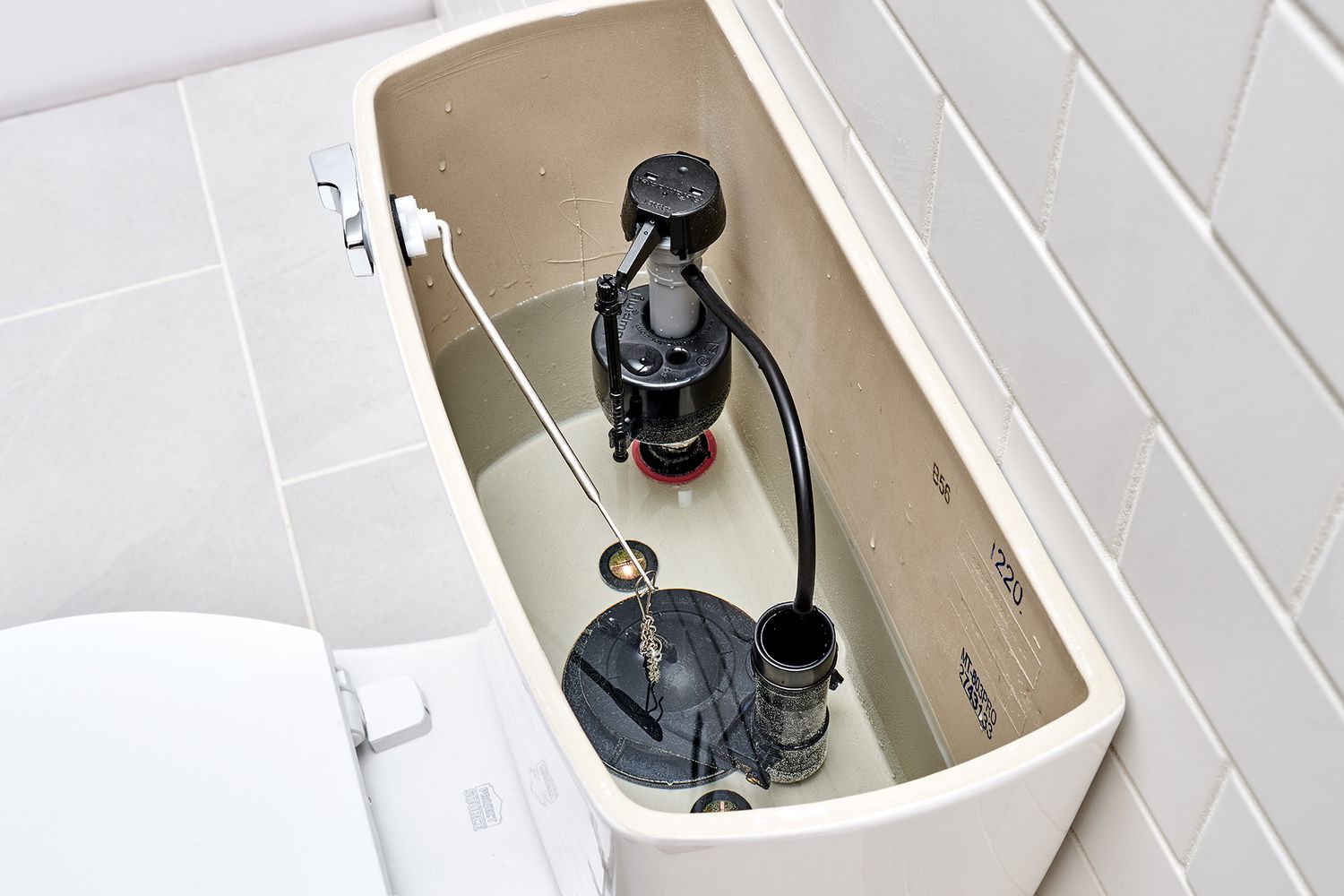
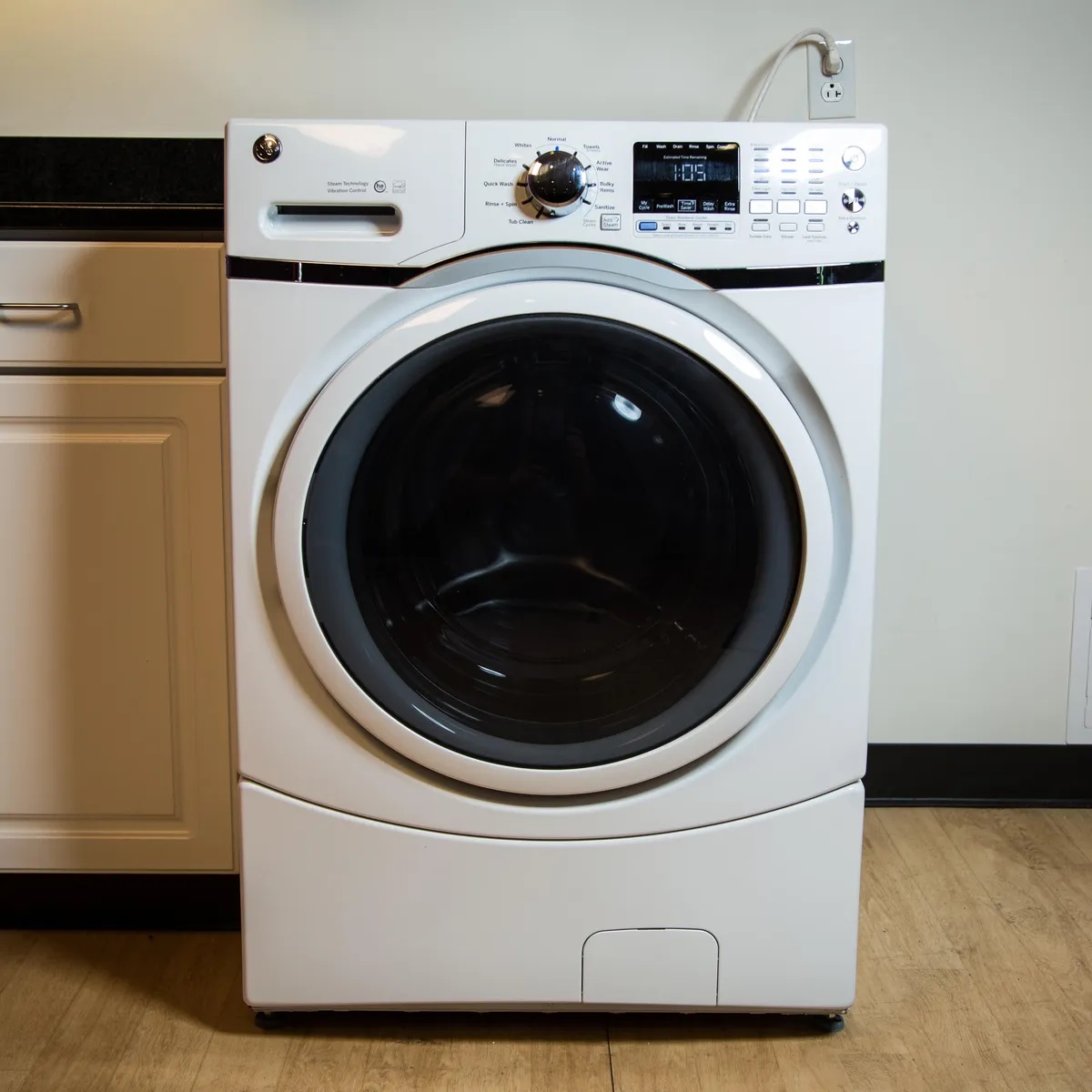
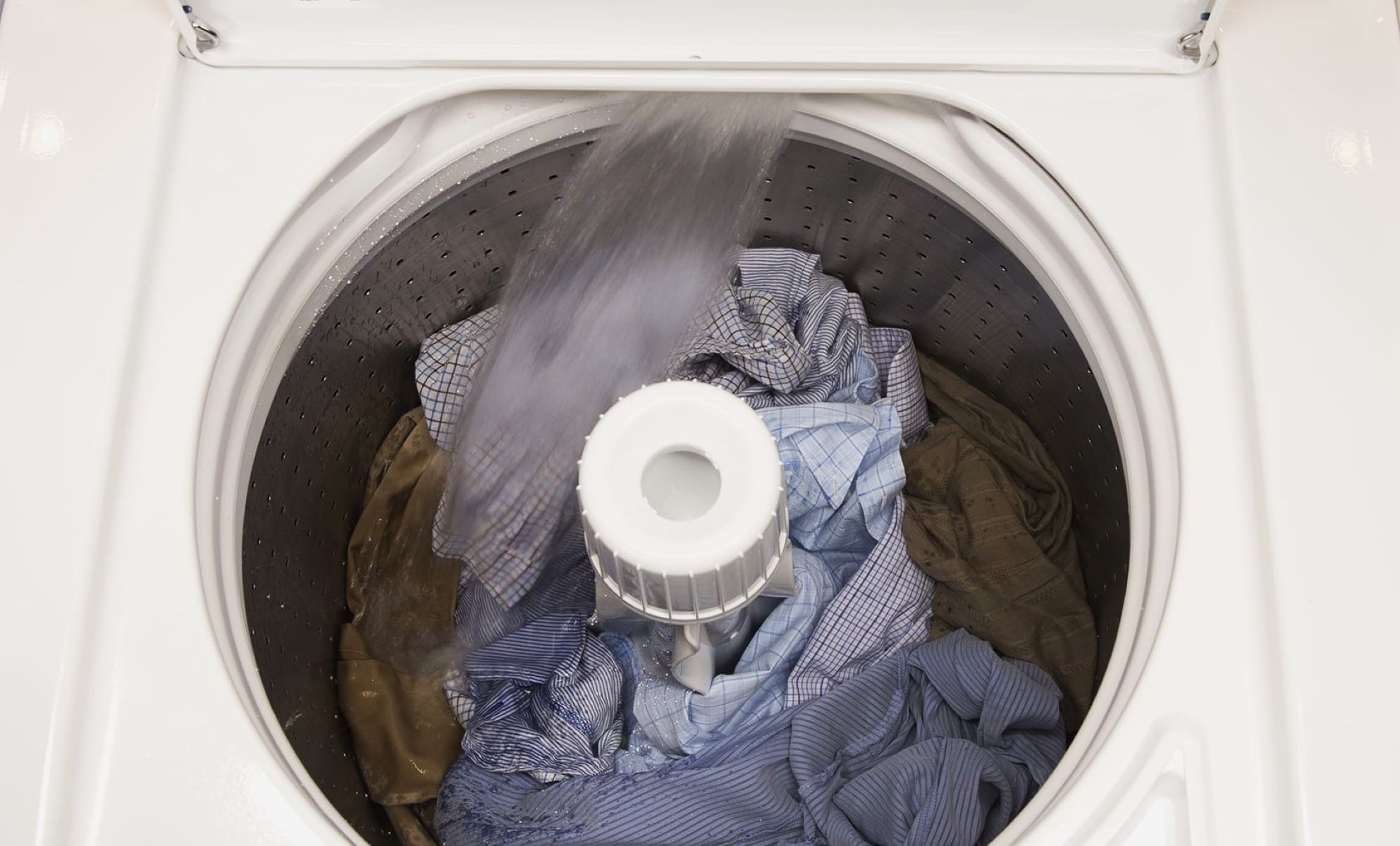
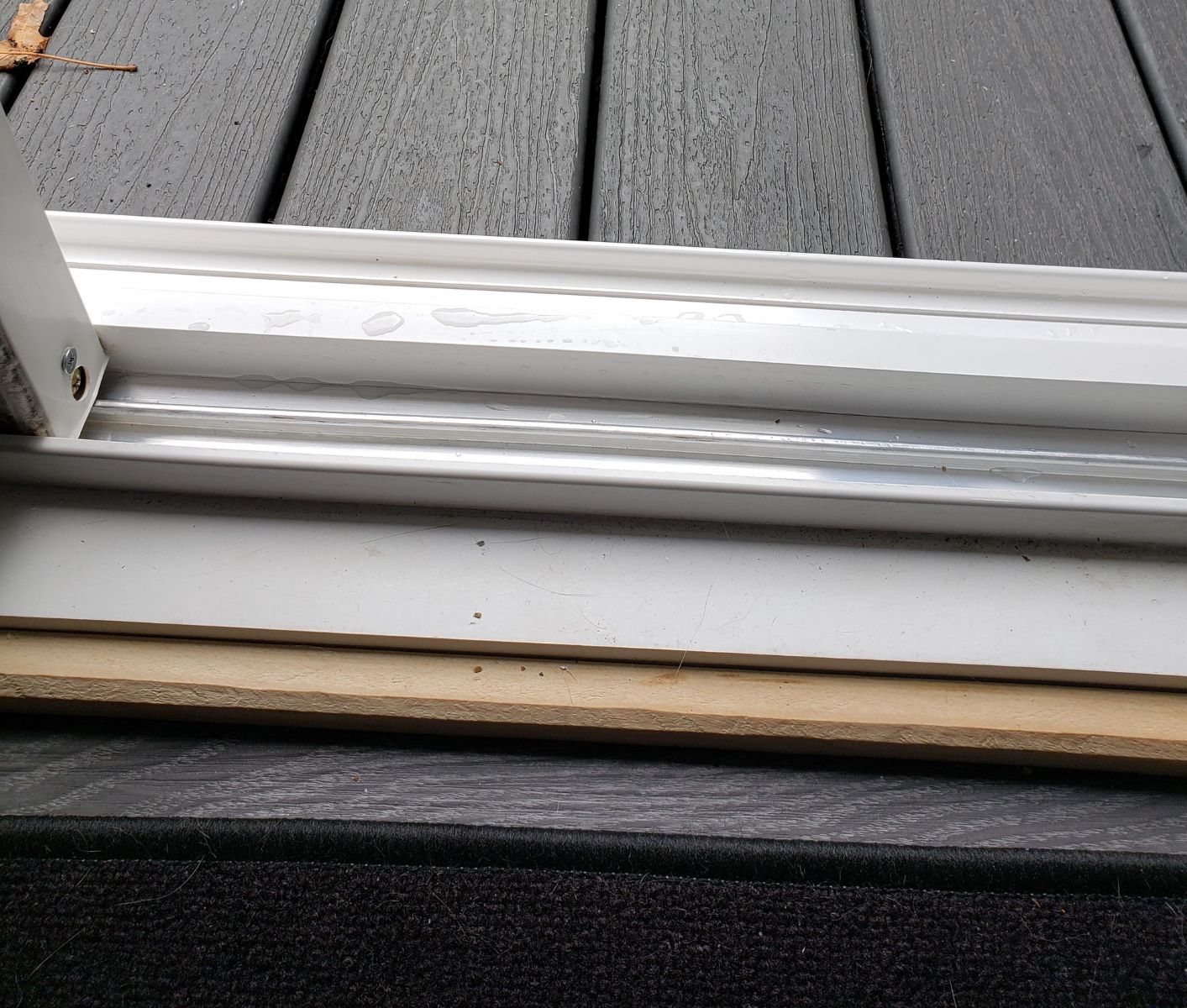
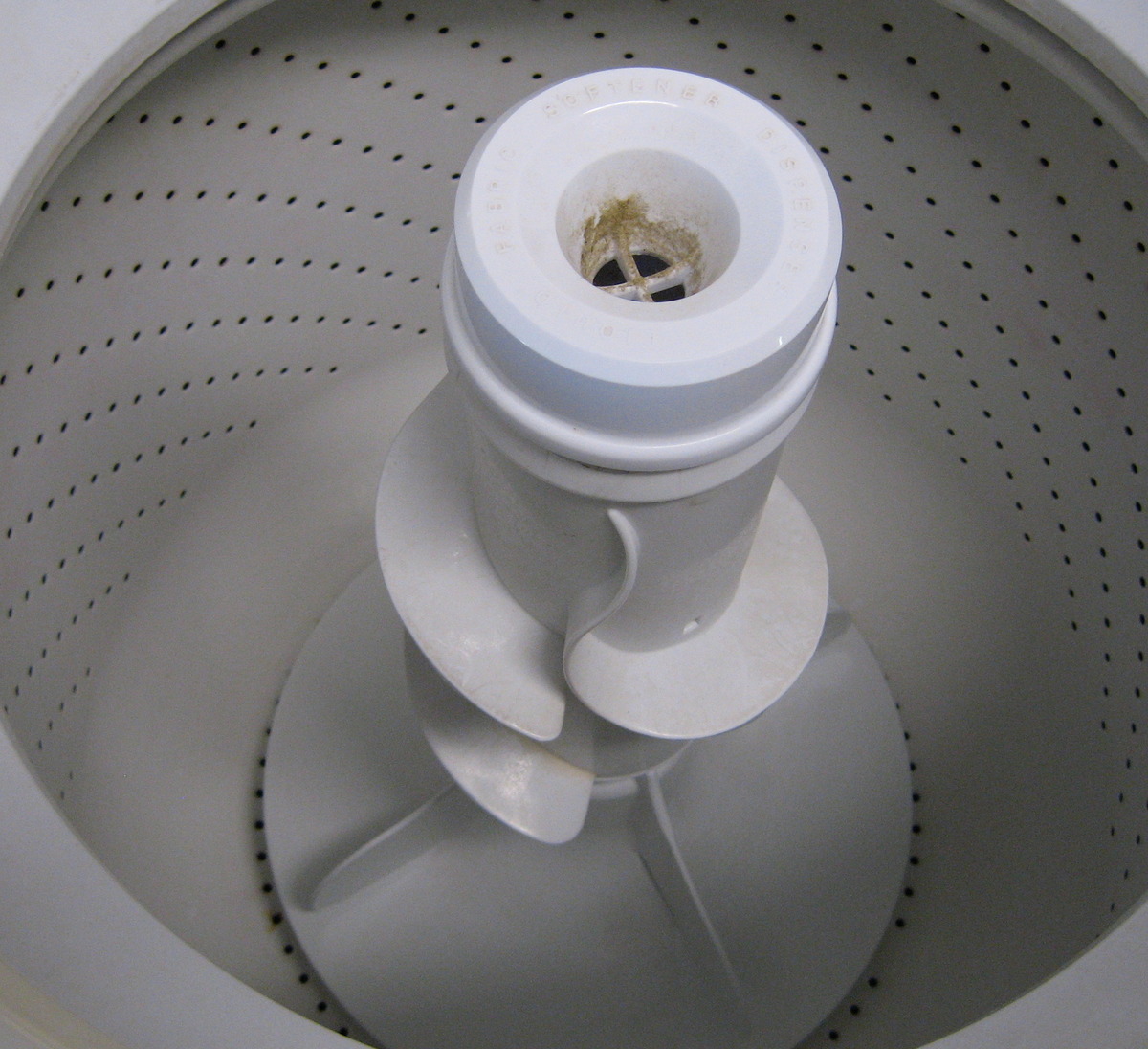
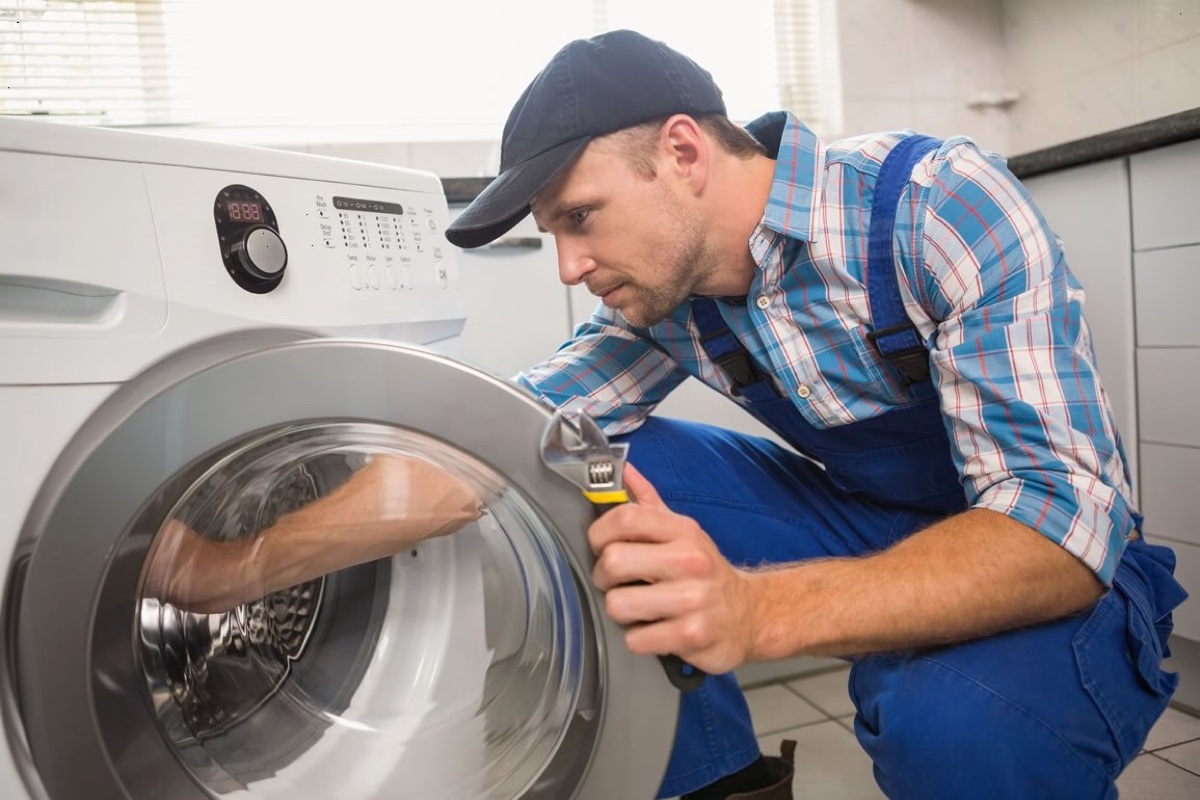
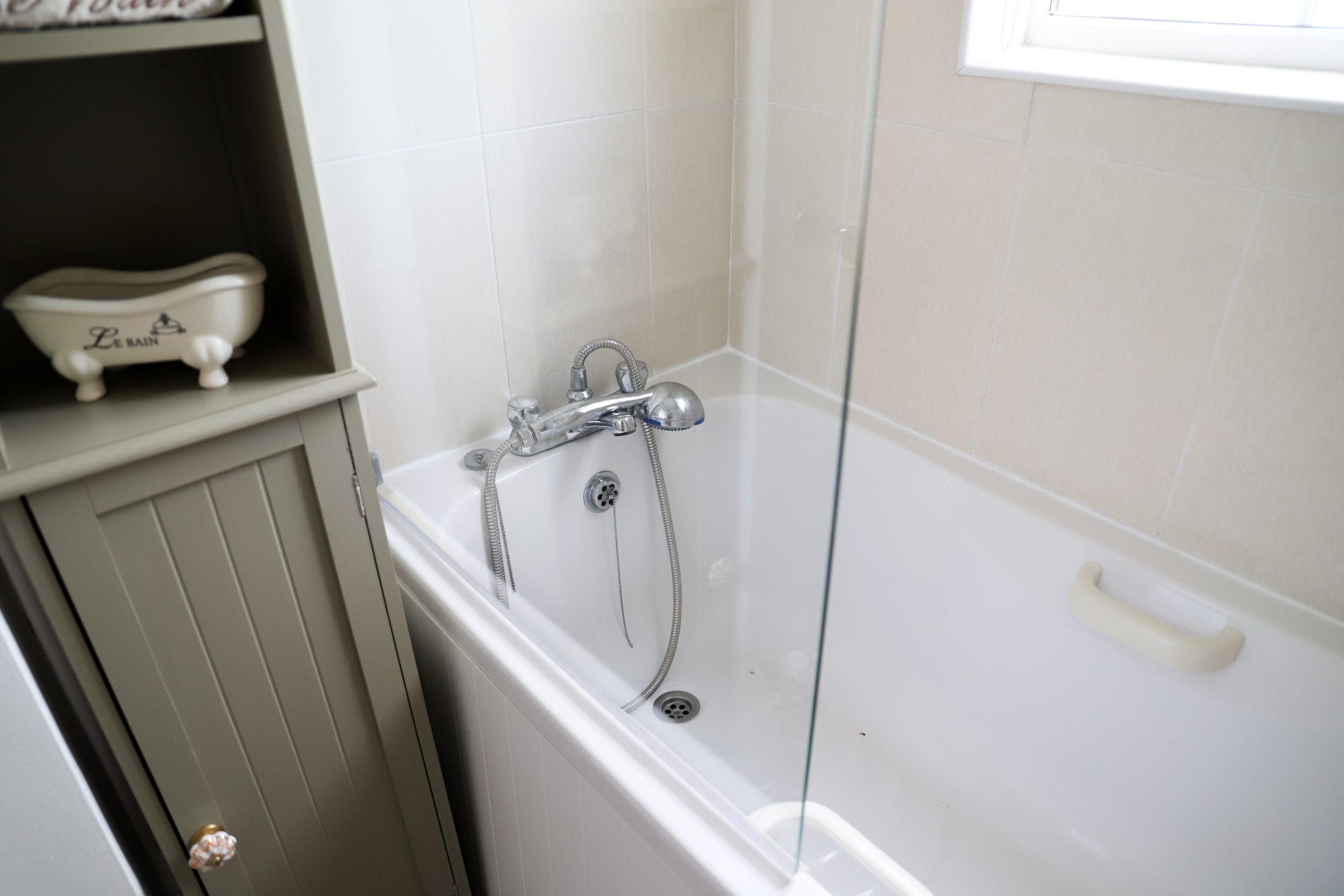
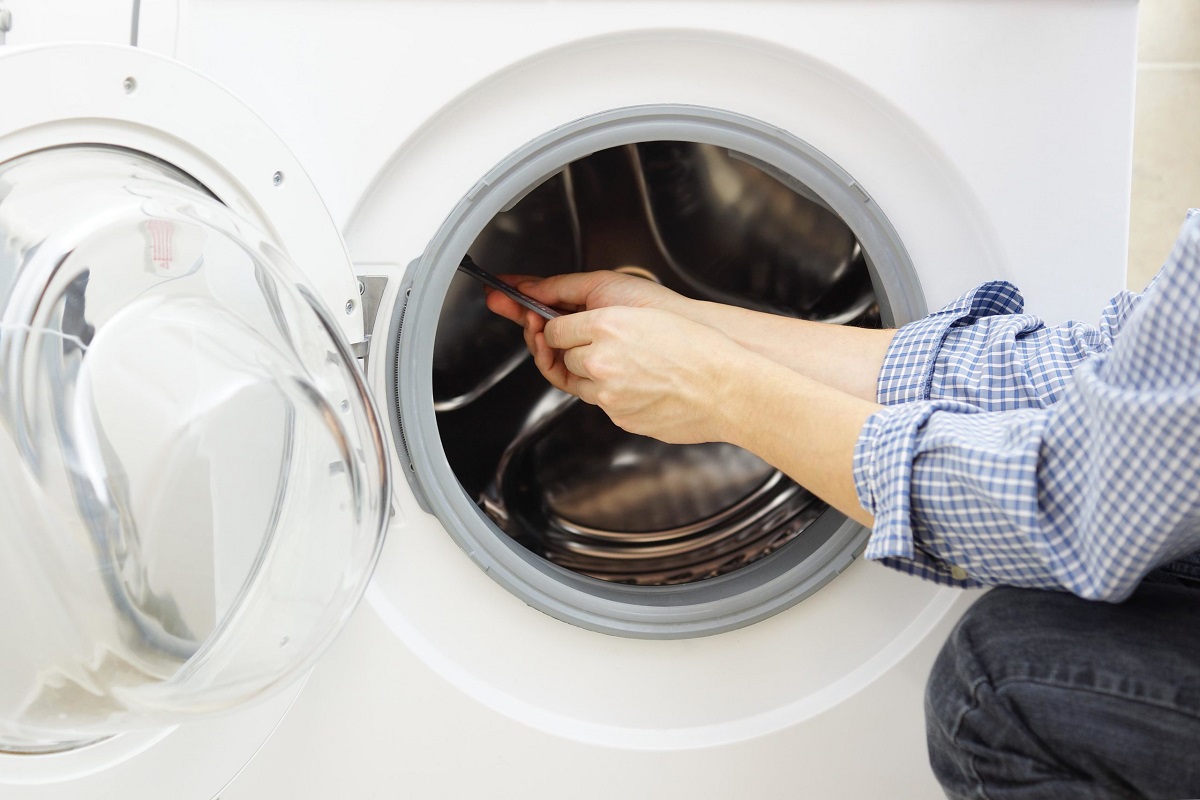
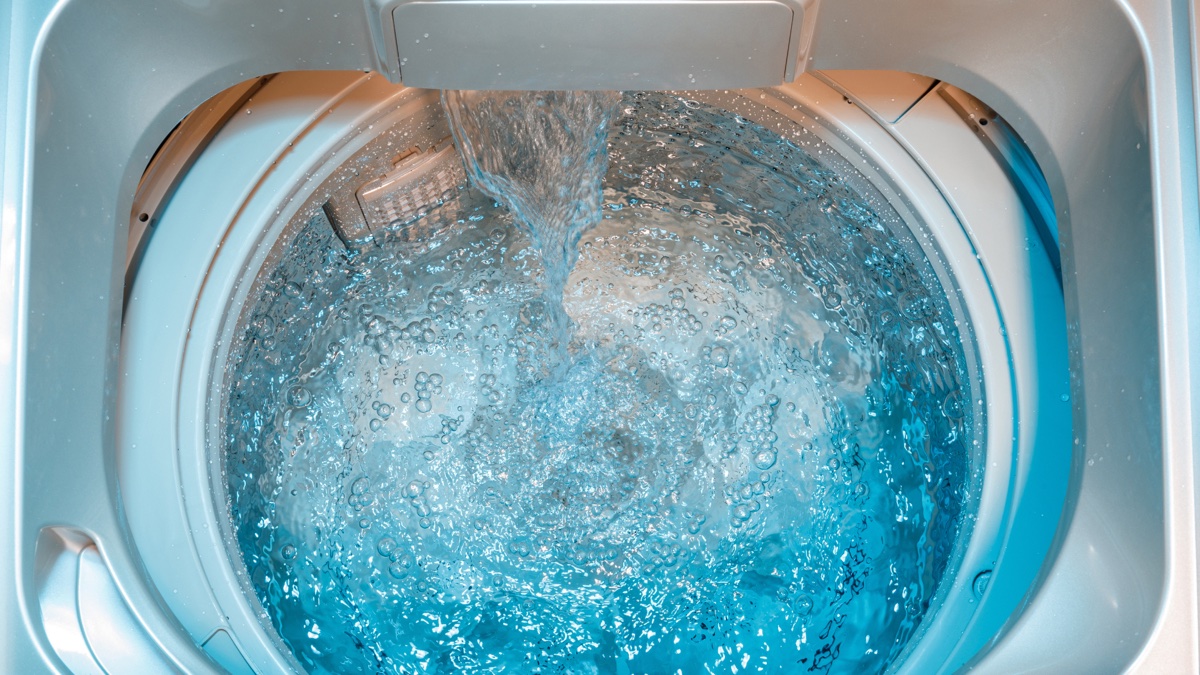
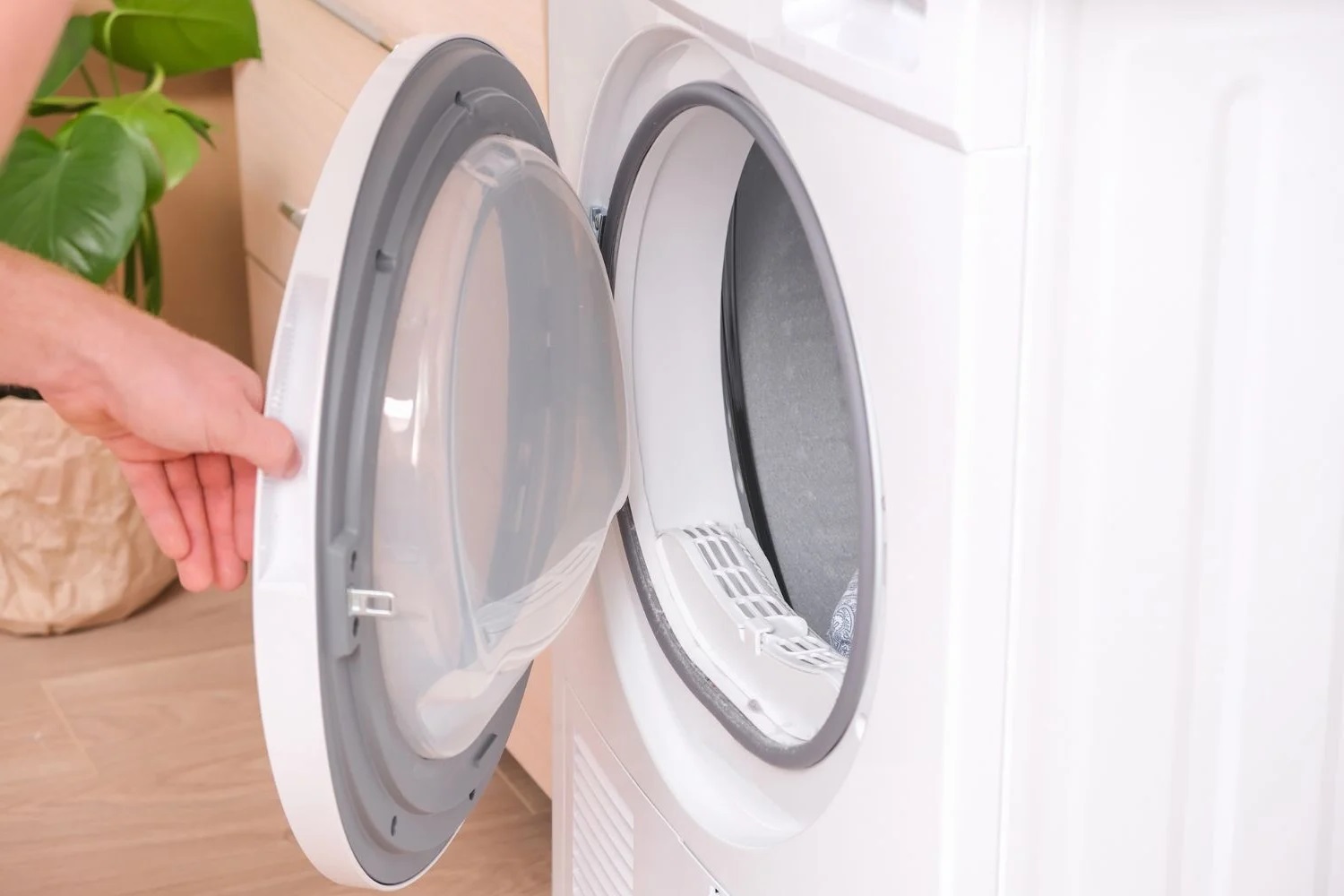
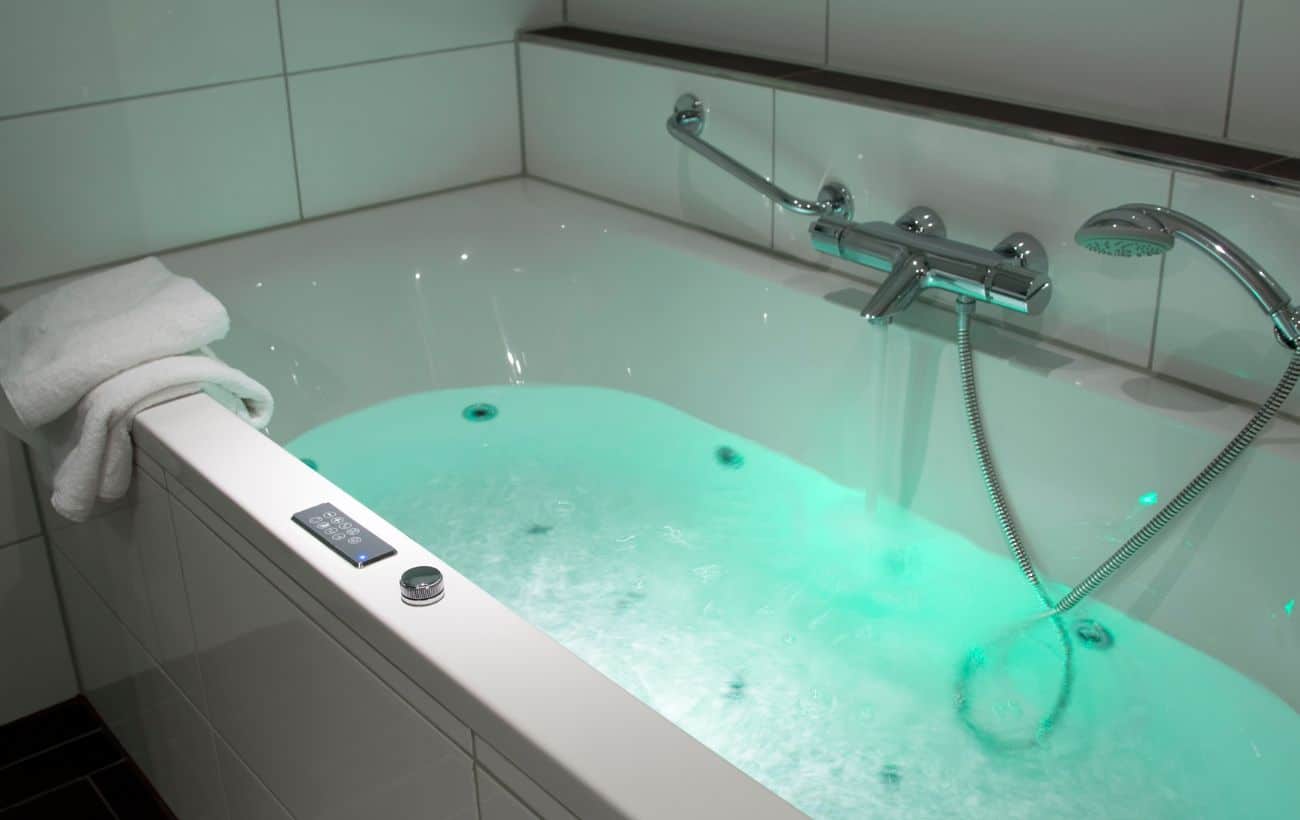
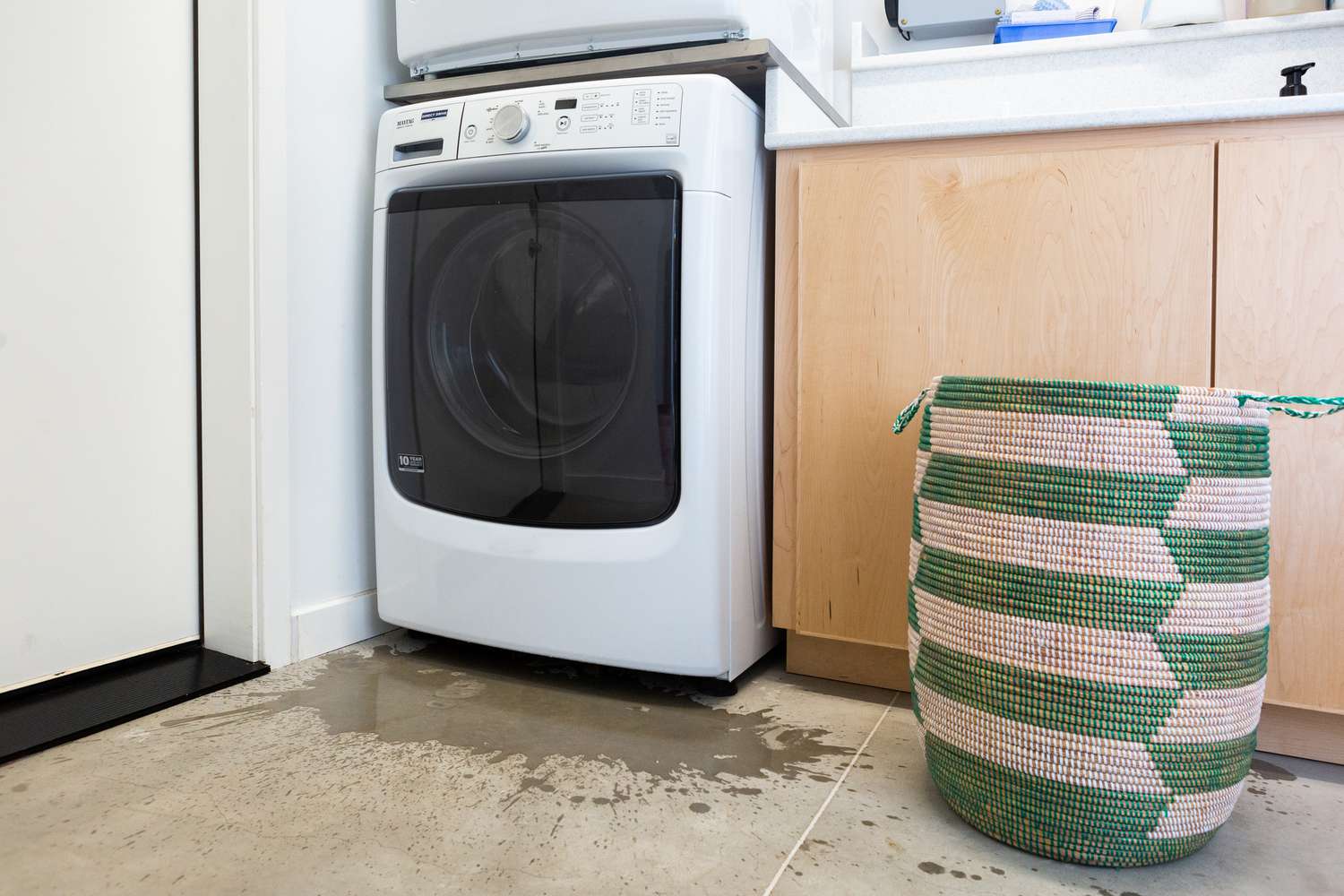
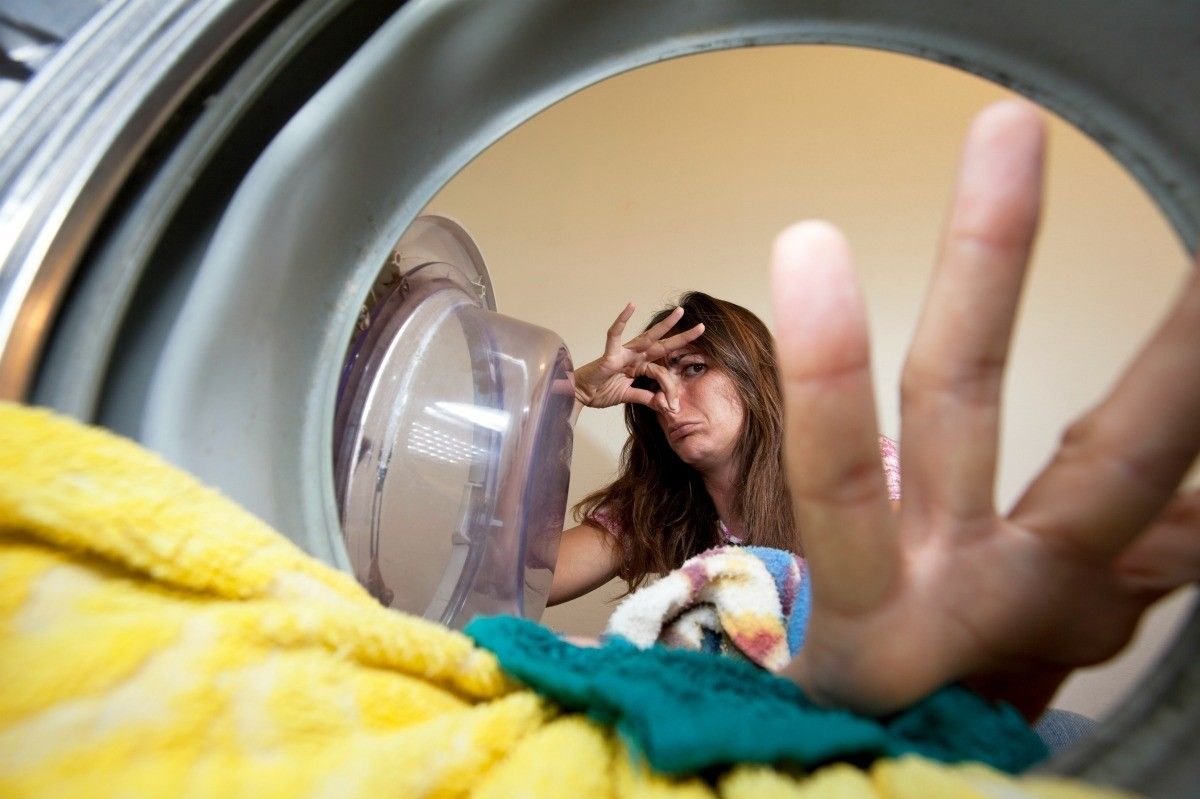
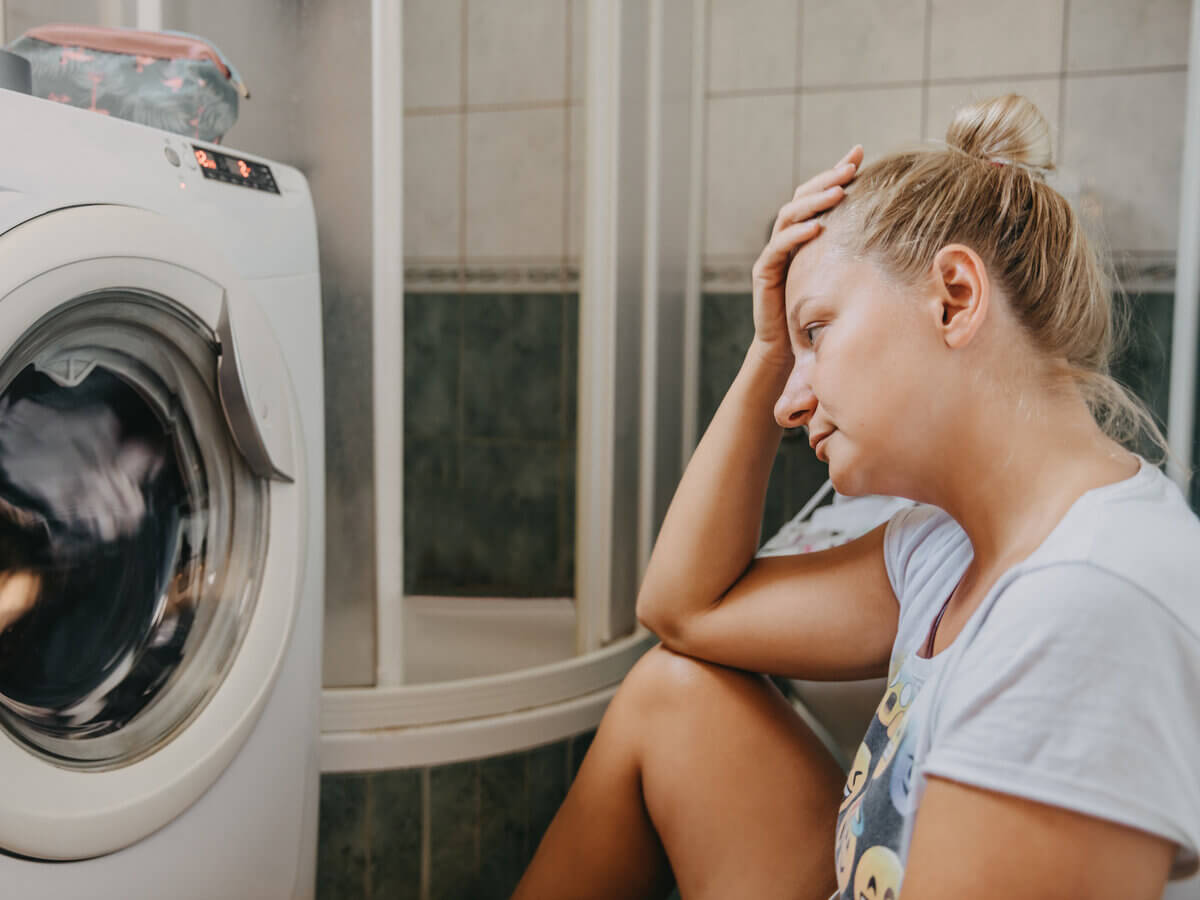
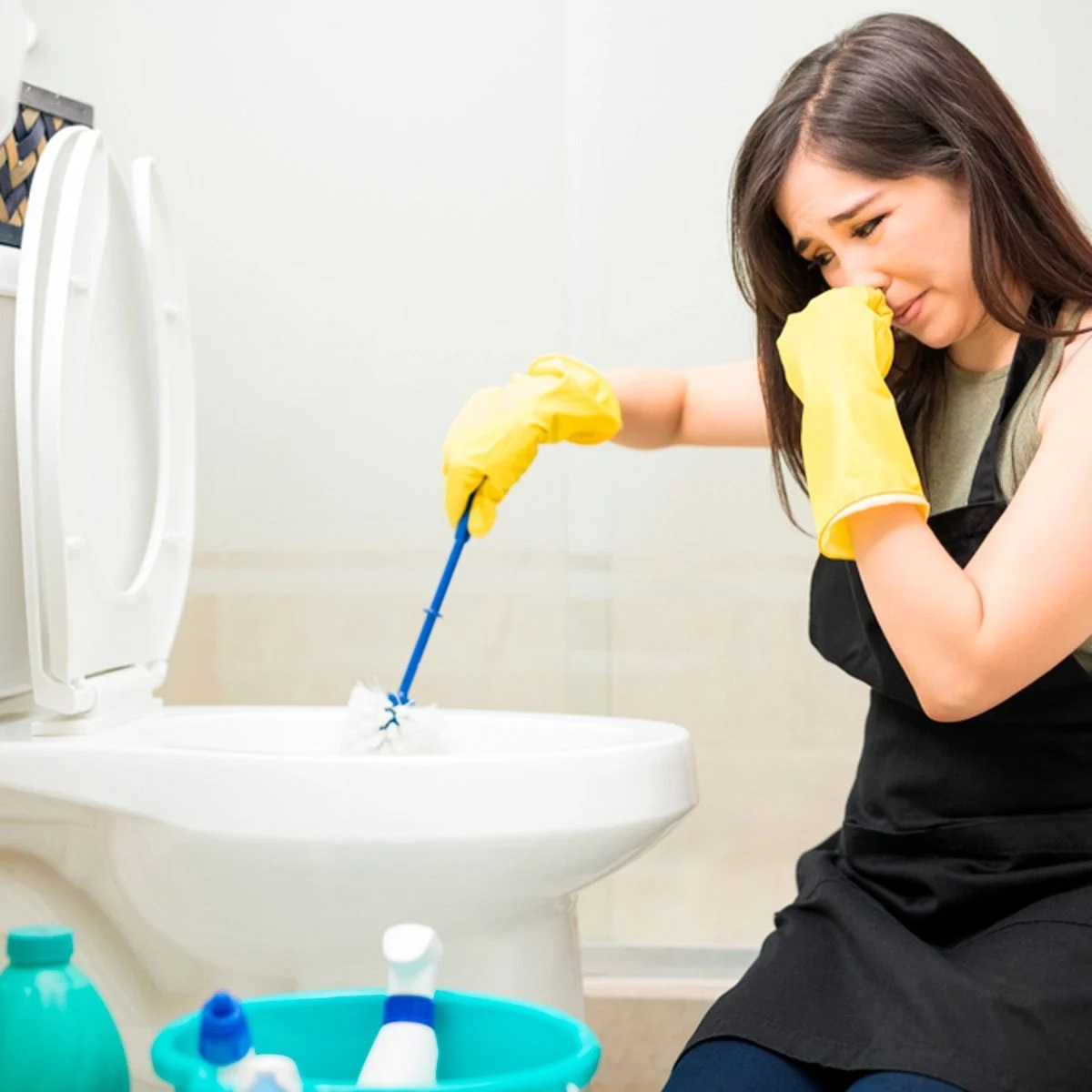

0 thoughts on “Why Does My Washer Not Fill Up With Water”